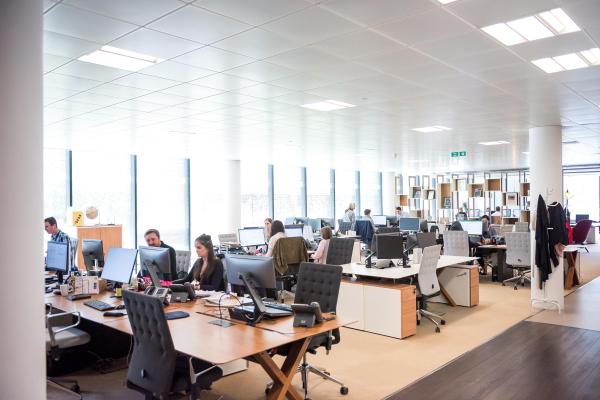How digital technology can mitigate workplace risks
Over the last few decades, advancements in digital technology have revolutionised every single industry. From robotic equipment used in construction and healthcare to the virtual reality experiences that are changing the face of retail, digital technology is being used to transform all kinds of aspects of business practice across a variety of different professions.
One of the major ways that digital technology is being used to benefit businesses is to identify, analyse, and resolve risks in the workplace. In Great Britain alone over 600,000 people are injured in the workplace each year, and employees can make a claim for an accident that happens at work if they can prove it is not their fault. Minimising dangers in the workplace is therefore essential to the smooth running and financial security of a business, as well as being a moral responsibility to staff. Explore the key ways that digital technology can be used to mitigate risks in your work environment.
Effective monitoring and reporting
Prior to the introduction of digital technology, businesses relied on physical risk assessments to find and resolve problems. With this type of management there is opportunity for human error such as failing to observe a danger or forgetting to warn co-workers about potential workplace hazards.
Digital technology, while not error-free, is a much more reliable and efficient way of conducting risk assessments. It also allows for a more in-depth analysis such as tracking temperature and air quality and even the vital signs of employees working within the environment. In this way, digital technology is more thorough and trustworthy than independent risk assessment, and also allows for continuous monitoring and for effective reporting.
Simulations and virtual training
Virtual reality experiences have been an essential part of improving safety across a range of industries as it allows employees to elevate training programmes using simulation software.
Being able to experience a challenging situation within a simulated environment gives employees the chance to practice new skills without anyone being at risk from harm. New techniques can be refined in a safe environment to reduce the chance of accidents arising when tasks are performed in the physical world. Virtual reality simulations also enable employees to experience emergency scenarios in the workplace so that you can test how they would perform under pressure.
Data assessment and predictions
As well as enhancing monitoring capabilities and revolutionising training programs, digital technologies improve health and safety in the workplace by providing better data assessment.
Digital technology allows you to constantly scan the workplace for risks and track employee behaviour to collect large volumes of data. This data can then be put through an analysis program to identify patterns and flag potential dangers. Being able to predict possible risks means that businesses can act to fix issues before any accidents actually occur, protecting employees from harm and ensuring high levels of safety in the manufacturing process.

